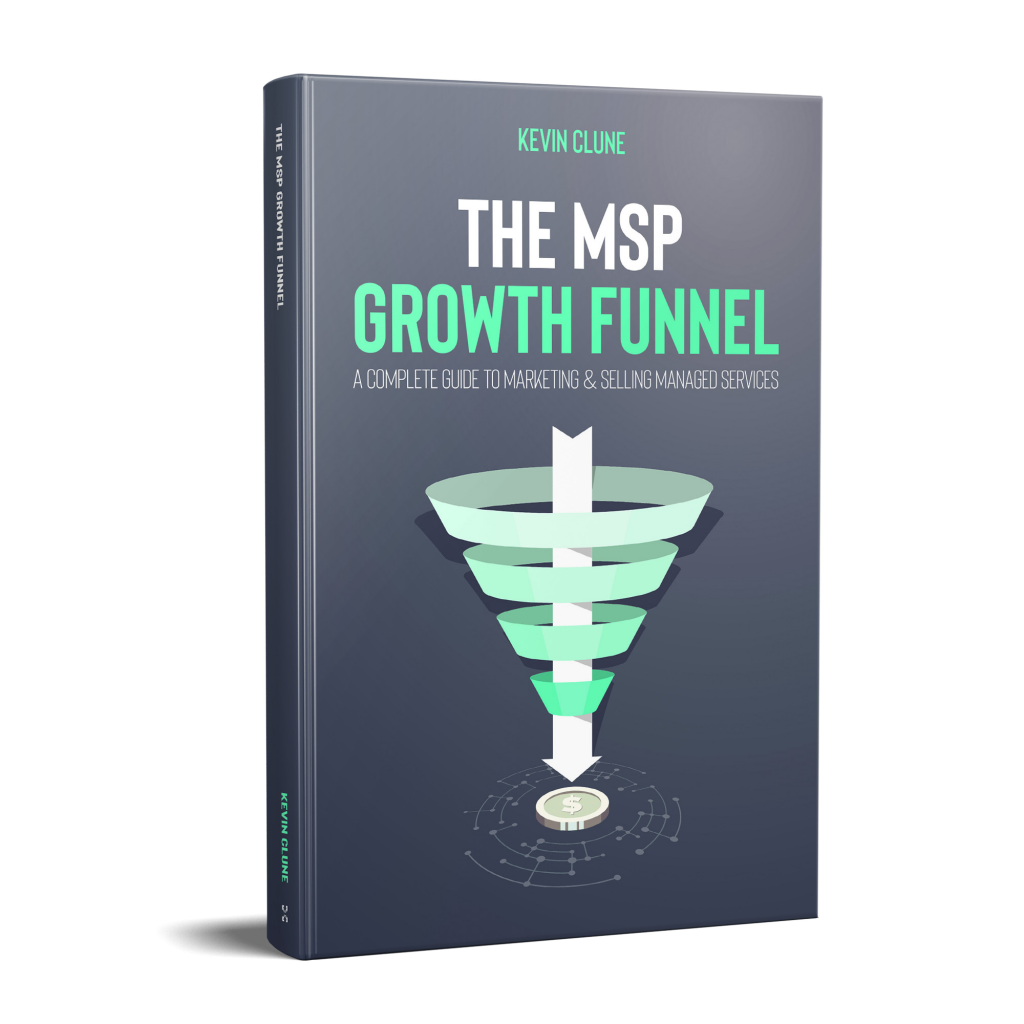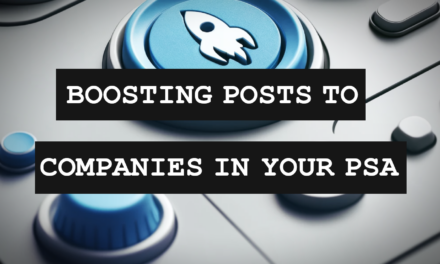Fun fact: This website’s audience was built almost entirely from LinkedIn. We generated our very first “Weekly Hacks” subscriber on the first post we ever made and never looked back. The potential is real, but so are the misconceptions. In my opinion, LinkedIn is not the “gold rush” that it may appear to be. Prospecting is a hard grind and trying to execute a “direct response” campaign on this platform is sometimes like fitting a square peg in a round hole.
The platform is far more suitable for a brand-focused strategy. This means doing outreach toward a targeted audience to make a connection and then serving them consistent content to build their trust over time. In this case, the success is measured on connections made and the amount of awareness generated thereafter, leading prospects carefully through your funnel. If you are merely looking to “spray and pray” then this is not the platform to do so.
Having experimented with just about every LinkedIn tactic available, here is what I have learned to be the most important things to know before you ramp up your social selling efforts.
The Risks of Automation Are Still Unknown
LinkedIn prospecting is a very labor-intensive sales endeavor. When done manually, it requires a significant amount of time for very little yield. This is why automation tools have become so popular and are likely at the hand of most of the spam connections requests you have received.
LinkedIn has always frowned upon the use of these tools but for awhile it was simply a “grey” area. It wasn’t until the very end of 2018 that it officially updated their policy to prohibit them and they have been cracking down on users ever since, even threatening to ban accounts that are caught using automation tools.
For now it appears that these tools have stayed one step ahead of LinkedIn, however this could change with a single update. If you outsource your IT prospecting to a third-party, you should know whether or not they are using automation. If so, be sure to talk to your provider about what their responsibility is if your account gets banned.
I have also heard of recent algorithm updates that will measure the behavior of two users immediately after they become connected. If there is no mutual engagement (responding to messages, liking posts, commenting, etc.) then they will apparently de-prioritize this connection, minimizing the benefits significantly.
Your Competitors May Not Be Profiting From Connections
With social selling becoming a big business, there is a lot of financial interest that is fueling the opportunistic perception of it. As you scroll your feed you will undoubtedly see posts of similar individuals (or companies) with substantial activity, leading you to continue chasing these results yourself. This is no accident and it is the product of the behavioral science that drives all social media platforms.
While it may appear that your MSP competitor’s are “crushing it” on LinkedIn, I for one am not convinced. I do believe it is possible to generate revenue from social selling. However, my trained marketing eye and what it sees on daily basis just leads me to believe to that this isn’t the case for most. Staying in front of your audience is never a bad thing, however if you don’t have a way to grind these impressions into revenue, then these are just vanity metrics.
In addition to the eye-test, we also put out a poll to our subscribers to find out more about the results they were achieving on LinkedIn. 100% of respondents of this poll claim to have added less than $10,000 in MRR from their LinkedIn sales efforts. This is not a high benchmark considering the costs involved with hiring just one Business Development Manager to take over social selling or outsourcing this task to a third party vendor.

READY TO SELL MORE IT CONTRACTS? GET THE COMPLETE STRATEGY YOU NEED TO MAKE IT HAPPEN.
Posts Are More Important Than Connection Notes
The one function of LinkedIn that can generate the most substantial benefit is often overlooked. I receive a lot of connection requests and I have a simple way of deciding whether or not to accept them. I view the person’s profile, navigate to their “activity” and decide from that point if the content I see them post is worth having in my feed. Many times it is not, or I find they do not post at all, which means there is essentially no value in accepting the request.
Posting quality content often is the best way to build inbound interest from LinkedIn. The organic reach of posts is far greater than other platforms. I was reminded of this last year after I published my first book and had a post trending for the hashtag #managedservices that resulted in thousands of additional impressions that I wouldn’t have had otherwise. This post did not have the most engagement (the engagement rate was actually quite low), but for whatever reason the platform deemed this important and carried it for long after it was posted.
People too often use LinkedIn as if it were an email marketing platform, sending out templated messages and hoping to get a response. Instead, look to make connections as if you are hand-picking subscribers of your content. Then post something that interests them every few days (if not more often) and let the engagement build over time.
“Value” Means Giving Away Something That Has A Cost
The social media gurus have all spoken and they all say to “create value” when prospecting on LinkedIn. While this is a great buzzword to use in sales meetings and pump up your team, I don’t get the impression that everyone in the industry practices what they preach.
Giving away something of value should have a cost. For example, by the time I am done writing this article, I would have spent roughly two hours or more researching, writing and editing it, in addition to the numerous hours of work experience that has influenced the concepts herein. This time has a cost, which is why the material itself has value.
I still write articles every week because I know this is the best way to offer tangible value to the audience. Could I outsource this? Of course. But I still bang away on the keyboard every week because I know that this is the best way to build an audience in the long term. All this being said, consider arming your social sellers with some quality content to work with or give them the resources necessary to create their own.
The Ultimate Guide To Cash Flow For Managed Services
Sponsored by Alternative Payments & Zest
Take Advantage Of New Features As They Roll Out
If there is one area where the masterminds behind the LinkedIn algorithm have “shown their cards” its with their favorability of new features. Whether its polls, live streaming, stories, events, or creator mode, LinkedIn loves to test these features at a rapid pace, which appears to mean pumping impressions for those that use them.
I would recommend always staying well ahead of the curve when it comes to profile and post features and be sure you are always experimenting with what is new. Not only will this likely lead to a favorable post reach, but it also makes you appear more innovative and “in-the-know.”
LinkedIn always hints at new roll-outs well in advance on their blog and they tend to do them in stages based on geographic regions. I recommend monitoring their articles to find out what’s coming and when those features will be available in your area.

SPONSORED BY ZEST


![How To Request Free Marketing Funds From Channel Vendors For Events [Template]](https://mspgrowthhacks.com/wp-content/uploads/2020/05/market-development-funds-440x264.jpg)














